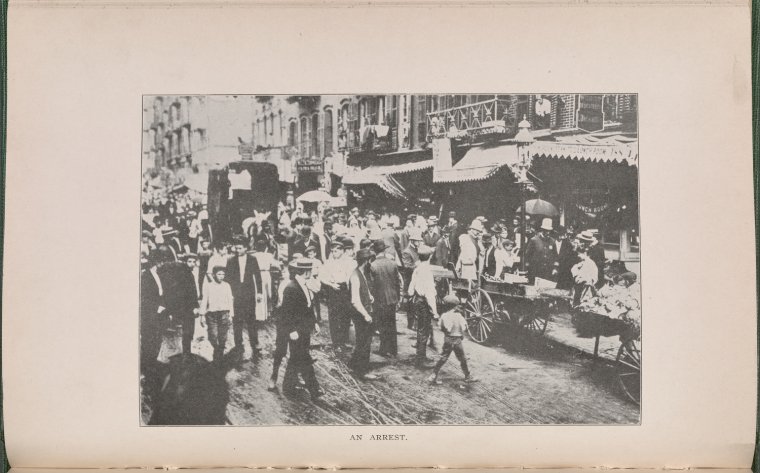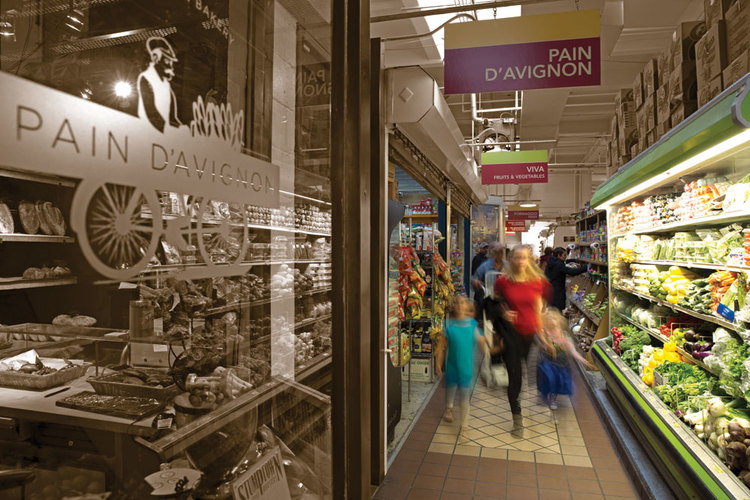Blog Archive
Outdoor Voices: The Long History of the Essex Street Market
This year the Essex Street Market is celebrating its 75th anniversary. 75 years is a long time, but depending on how you measure it, the market has actually been around even longer than that. The vendors who now call the market home, were once part of a long tradition of pushcart venders on the Lower East Side. This was especially the case in the early 20th century, when the Lower East Side was the densest neighborhood in Manhattan. As a result the hard-working immigrant populations mostly catered to themselves. Pushcarts sold everything from meats to sweets and spectacles. Some of the LES’s most popular institutions, including Moscot, Russ & Daughters and Katz’s Deli all started on the street as pushcarts. Jewish immigrants coming from Eastern Europe did not have a lot of capital, because they had been forbidden to own land in many of their nations of origin these Jews did have experience in peddling… so peddle they did.

An arrest among the Lower East Side pushcart vendors in 1906. Photo courtesy of the New York Public Library.
The pushcarts stayed open late and lined the streets in what was then called “the Jewish Quarter.” As the city modernized and car and truck traffic increased, Mayor LaGuardia did what he could to sweep this side industry off the streets. LaGuardia’s concerns were health and hygiene but probably also appearances. LaGuardia created the Essex Street Market and three other indoor markets to consolidate street vending in neighborhoods where it was prevalent: the Arthur Avenue Market in the “Little Italy” section of the Bronx, The Moore Street Market in Brooklyn, and the La Marqueta in the Spanish Harlem section of Harlem. All of these markets are still in operation today!
A simplified and fictionalized version of the struggle of pushcart owners has been memorialized in the children’s book titled (what else?): The Pushcart War. In this story it is the trucking industry which serves as the villain. Written from the vantage of the near future, the book is a faux-historical account of urban underdogs. The book ardently supports the peddlers as they fight the trucking companies with pea-shooters, protests, and sheer hubris. The book was actually written in 1964 and was likely more of a response to urban development of the West Village, where moves by urban-planner Robert Moses almost unraveled the strong community of independent shops there.

The Essex Street Market attracts all kinds of shoppers from grandmothers to gallery owners. Photo courtesy of the Essex Street Market.
Today the Essex Market is a surprisingly harmonious blend of necessitates for a variety of cultures. For instance there are stacks of cactus, salt-cod and aged gouda. Now, however, it is the market which needs preserving, just as the pushcarts did in the 1930s. The current market and some of the real estate surrounding it will be part of a new development called Essex Crossing. Do not fear! The current market occupants will have stalls waiting for them in the new buildings and will be able to stay in their current location until their new space is available. The move may prove a challenge for some but, after all, the merchants have already survived several incarnations. Here’s to 70 more years !